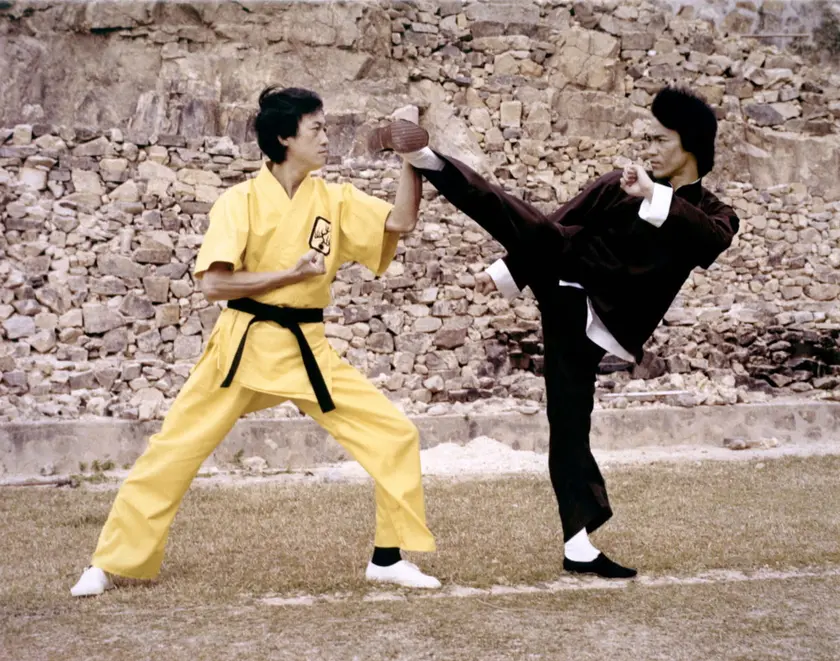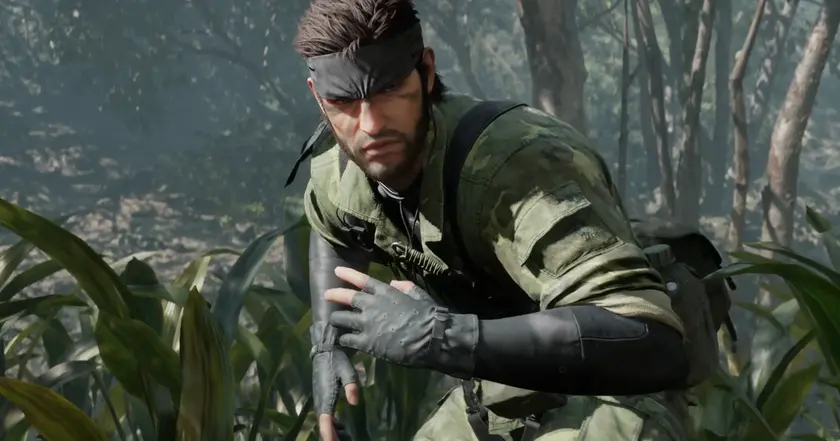T4K3.news
Iconic game deaths
A look at how famous in-game deaths shaped storytelling and player experience.
A clear-eyed look at how unforgettable in-game deaths reshape storytelling and player experience
Iconic Video Game Deaths Shaped Our Memories
Video game deaths have long been a tool to deepen narrative and test players. This piece surveys a wide range of moments that left a mark, from Aerith in Final Fantasy VII to Eli Vance in Half-Life 2 Episode 2 and Noble Six in Halo Reach. It notes how some deaths are scripted turning points, while others endure in memory because they collide with gameplay, character arcs, or player choice. The goal is not to rank sorrow but to understand how these scenes change the way we experience a game.
The roundup also highlights how spoilers shape two kinds of reactions: the surprise of a pivotal moment and the lasting debate about a hero’s fate. It crosses genres and generations, showing that death can drive home themes of sacrifice, responsibility, and imperfect humanity. Above all, it reminds readers that the power of a death scene comes from its tempo, its context, and the way it sits with us after the screen goes dark.
Key Takeaways
"Aerith’s demise is still considered the quintessential video game death."
Cited as a landmark moment in Final Fantasy VII
"Protect the Pilot"
BT's climactic sacrifice in Titanfall 2
"The game gives you one last moment to go out guns blazing before John Marston is gunned down brutally."
John Marston's ending in Red Dead Redemption
"She’s known he was Spider-Man for a long time and she’s so proud of what he’s done."
Aunt May's farewell moment in Spider-Man
Death in games serves as both punctuation and propulsion. A well placed loss can redefine a character, alter a player’s sense of agency, and set a new emotional baseline for what comes next. Yet not all deaths land the same way; some provoke quiet reflection, others fierce debate about a game's ethics or mechanics. The piece invites readers to consider how developers thread grief, memory, and choice into gameplay, so the moment feels earned rather than manufactured.
Beyond emotion, these moments echo broader questions about game design and culture. They show how storytelling in interactive media walks a fine line between sentiment and replay value, and how fan communities carry memories forward through remakes, fan art, and critical discussion. In the end, the most lasting deaths are less about the event itself and more about the conversations they spark long after the credits roll.
Highlights
- Death lingers long after the screen goes dark
- A single moment can outlast an entire campaign
- Sacrifice is a craft, not a glitch
- Memorable deaths stay with players across years
The best deaths stay with players long after the screen goes dark.
Enjoyed this? Let your friends know!
Related News

Five Must-Watch Bruce Lee Movies Announced

Hideo Kojima will not play new Metal Gear Solid remake

Sony CEO meets Hideo Kojima in Tokyo

Call of Duty Season 5 Goes Live Tomorrow

Ozzy Osbourne has died at 76

Cyndi Lauper sings tribute to Ozzy Osbourne in concert

Ozzy Osbourne has died at the age of 76

Tarantino remembers Madsen at memorial
